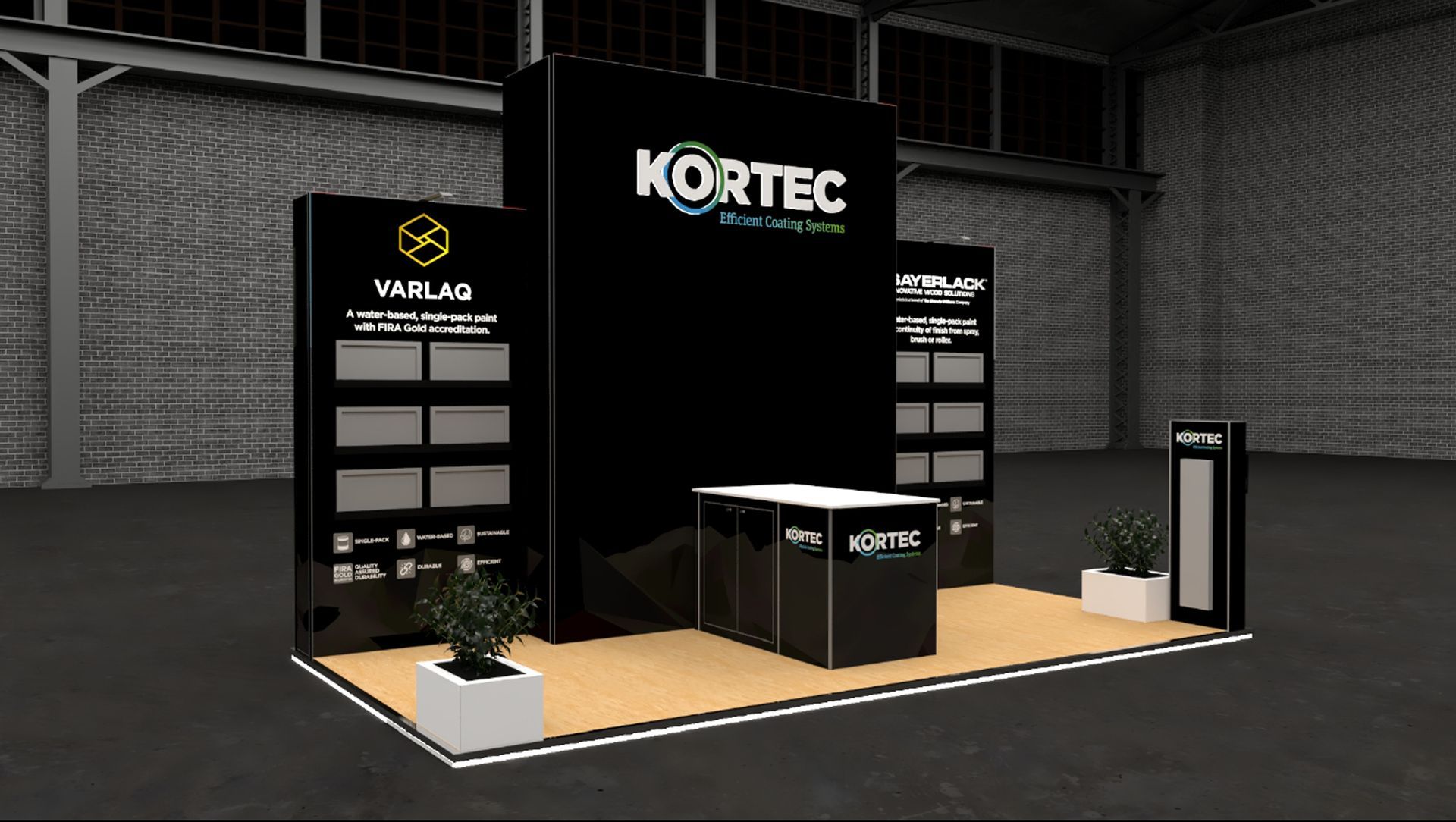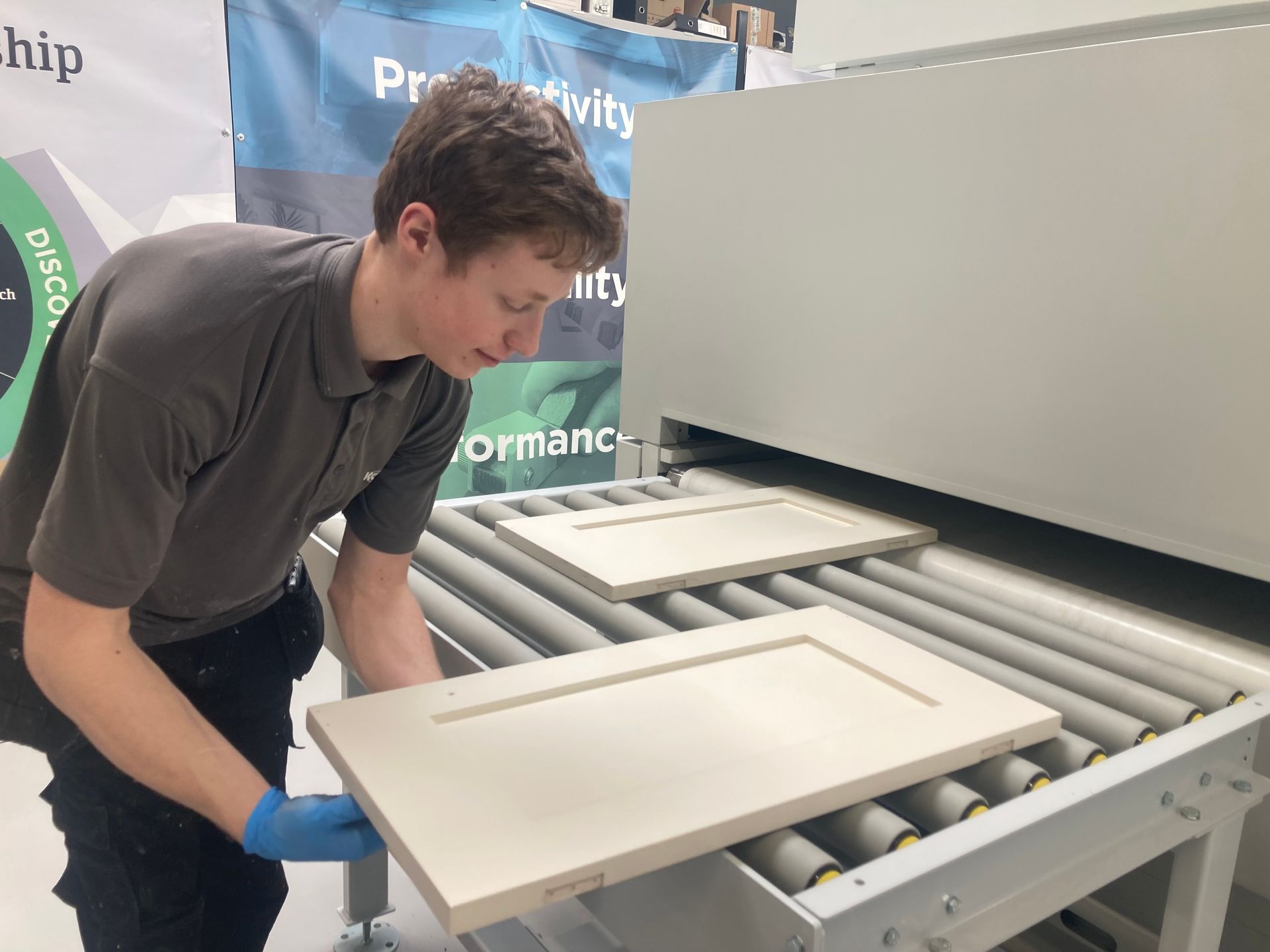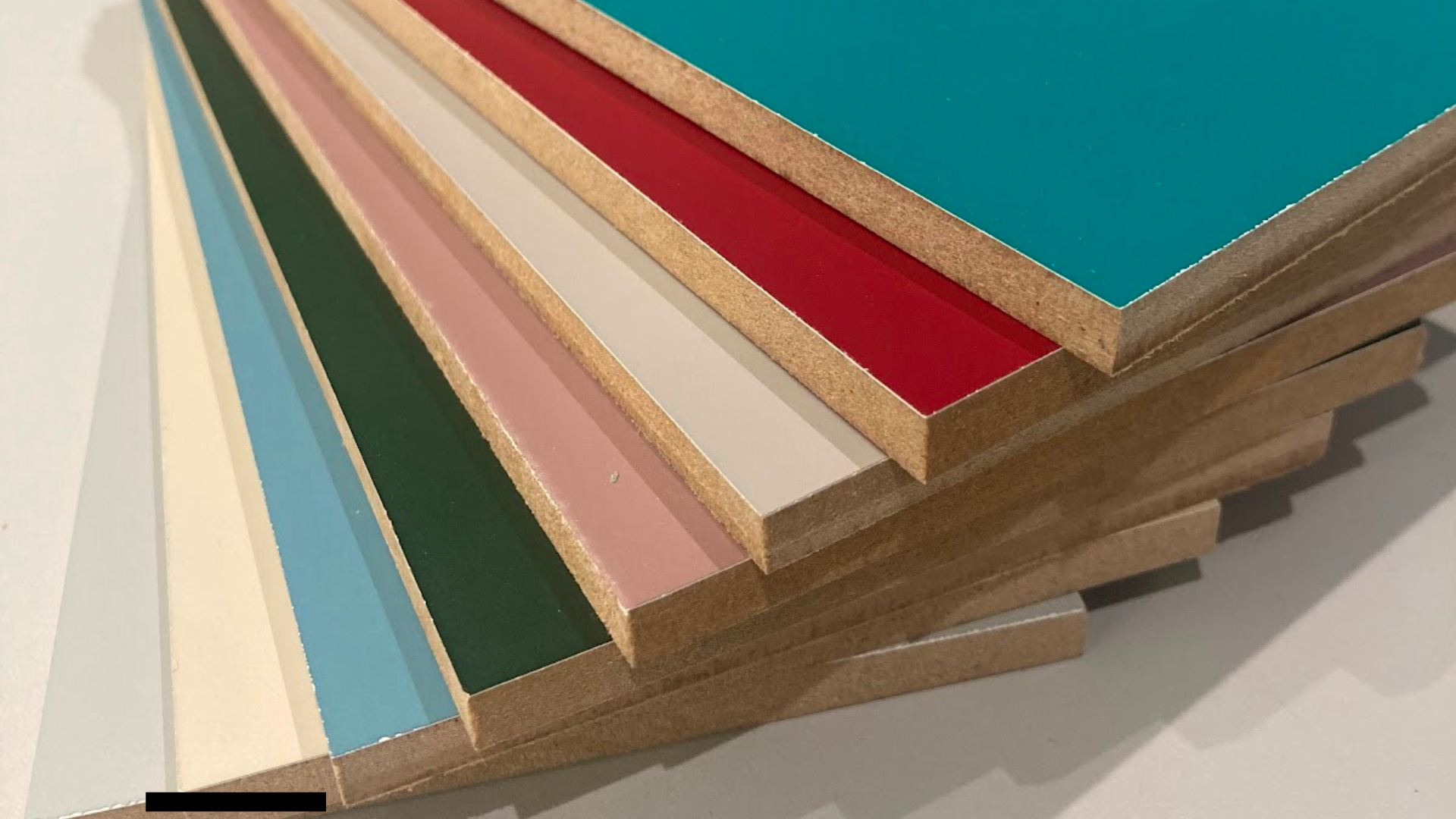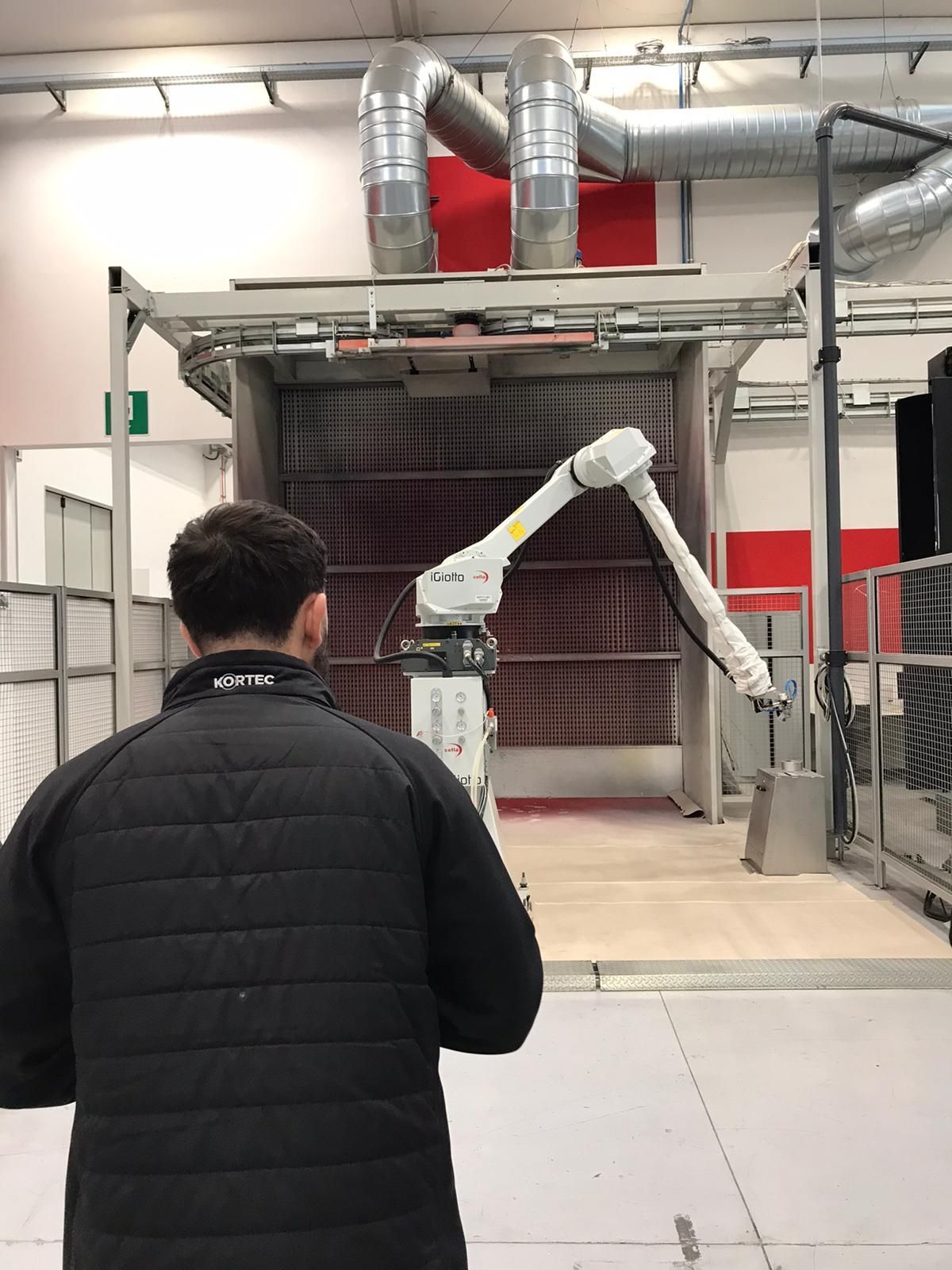How Long Does a Colour Match Take?
How Long Does a Colour Match Take?
As you might expect, the answer is “it depends”! There are several factors that affect this time, which mean it can vary between 5 minutes and several days.
1. Accuracy – how close does the match need to be?
In the industry, colour accuracy is usually defined by a measure called “Delta E” – this calculates the difference between two colours in terms of both hue and light/dark. A Delta E difference of 2 and above will be fairly obvious to the human eye, a reading above 0.8 will be clear to most people comparing the colours side by side. Below 0.8 it will depend on the colour itself whether the difference is visible, and when below 0.3-0.4 it is basically undetectable visually.
Colour-matching equipment (spectrophotometer) is now reasonably common and you will probably have seen them in your local decorators’ merchant or DIY store. Using these, it is possible to “read” most samples and obtain a tinting formula for the appropriate paint that will achieve a colour somewhere near the sample. This might take as little as 3-5 minutes - however this simple process will typically only achieve a Delta E accuracy of 1 to 2, and is therefore not normally accurate enough for use in a commercial environment.
We have programmes and databases to help us adjust these colours closer to the sample colour required, but the more accurate the colour is required to be, the more correction cycles it is likely to require. As the coatings need to be re-sampled and dried after each correction before checking the accuracy again, this can rapidly increase the time needed.
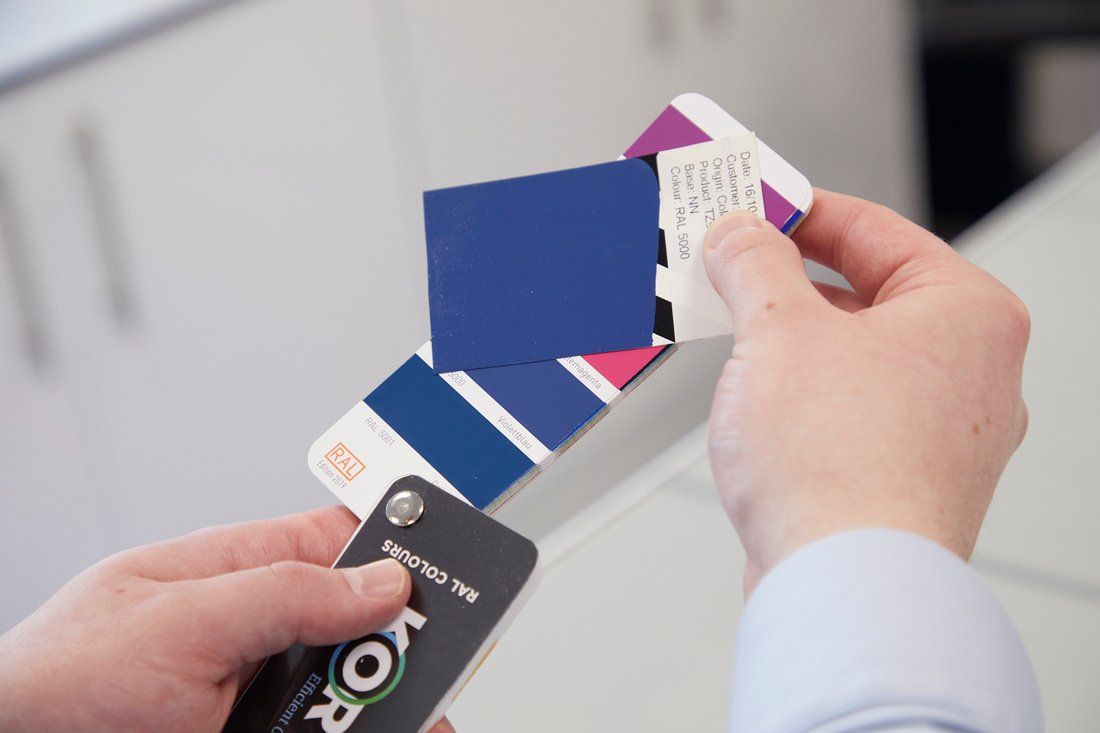
2. Colour – where does it fall on the spectrum?
All tinted colours are created by several tinters blended together, normally 4 or 5. For example a green might have blue and yellow tinters to create the green colour, and black and white to adjust the lightness. What the colour is that is required can make this much harder or easier - a few examples would be:
- A very pale cream would have a lot of white and only very tiny amounts of black, yellow and or/red – as these amounts are so small the adjustments to achieve an accurate colour are very fine and can take multiple attempts to achieve the right balance.
- The tinters themselves can limit what is possible – for example it is difficult/expensive to create a very bright blue tinter, so if a bright blue colour is required it may require either a lot of time or purchasing a special tinter.
- A primary colour may actually have a strong “secondary” colour – for example a dark blue may have a significant amount of red in it to create warmth, or a colour like John Deere green has a strong element of yellow. This balance can be difficult to achieve quickly.
- With very bright colours (typically yellows or reds) it can be difficult to achieve full opacity in one coat, as the tinters themselves are not high opacity. For an accurate and consistent colour it is essential the shade is checked at full opacity, so multiple coats may be required to achieve this before checking.
Another element here is
metamerism – this is when a colour appears to change shade at different angles or under different light types (often seen moving from artificial to natural light). This can affect almost any colour, but is common in bright yellows and reds – it can make it very time-consuming to achieve a match that is acceptable in the required light conditions.
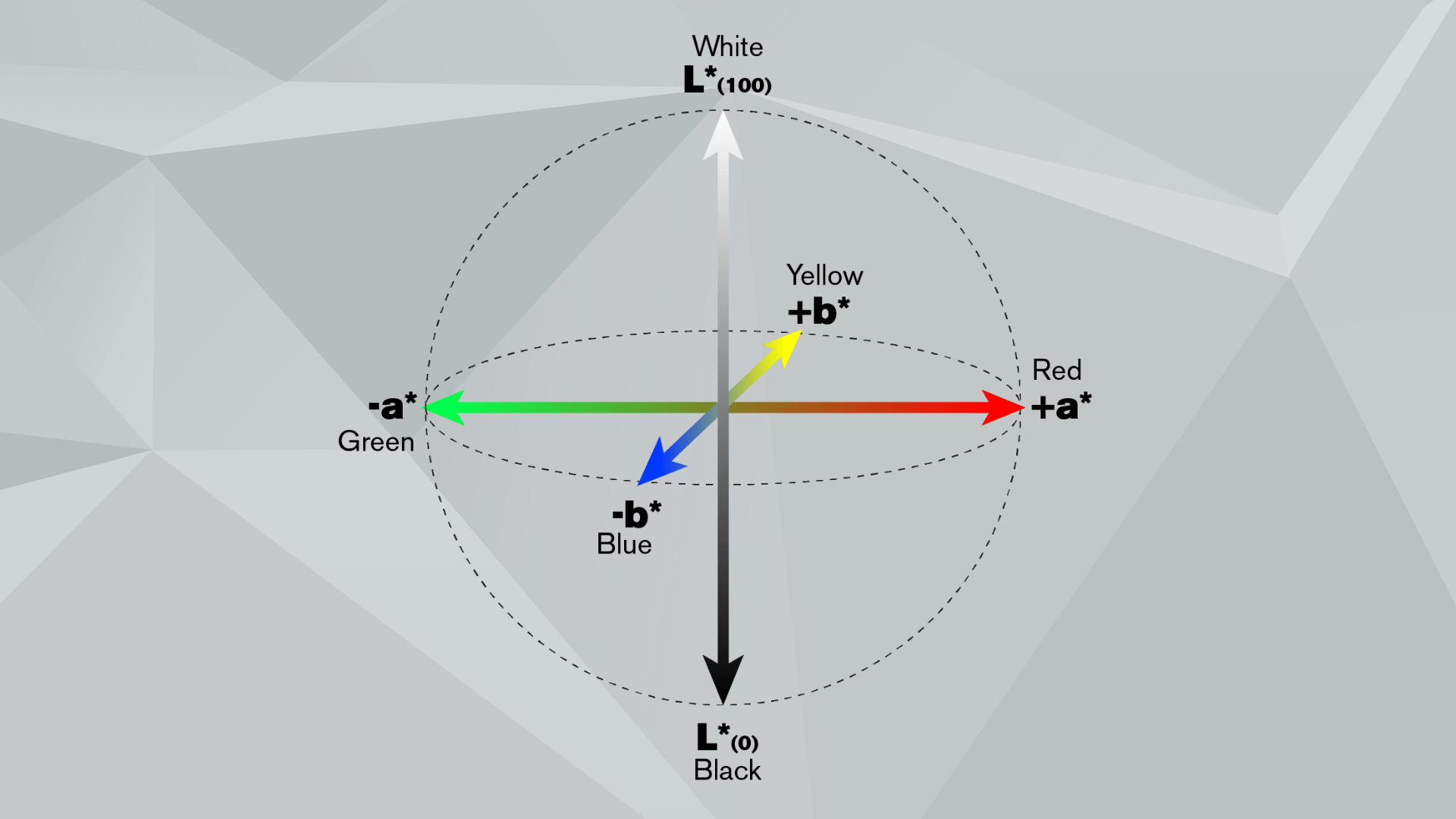
3. Origin – what type of sample are we working to?
We have requests for matches to a vast range of items, from bath scrubs to carpets. Given time we can achieve almost anything, but the following points significantly affect how simple this is:
- How “solid” the colour is – samples are often printed media of some type. The issue with this is that standard printing is actually a mass of dots of the primary CMYK inks – this can be hard for a spectrophotometer to read, particularly for pale colours as this is often achieved by spacing the dots out so the white paper shows through. This effect is impossible to replicate with paint, so these matches often have to be done by eye rather than using the instruments. This issue can affect some surprising items – artificial flooring often has a printed finish, and a product that has been brush-finished can also cause the same problem as the brush lines create a slight variation of colour. It is also a common problem with Pantone colours, as these are ink-based and to some extent use the colour of the substrate (paper etc) to create the perceived shade – this is particularly the case with many that use an ink called “Transparent white” which maximises the effect.
- The gloss difference between the sample and the coating required – a big difference can be tricky as gloss has an effect on how colour is perceived (a higher gloss finish is perceived as darker than the same colour in matt – try wetting or polishing a matt surface to see the effect). Spectrophotometers can’t fully correct for this effect so matches of this type often have to be done by eye.
- Even proper sample charts (RAL, BS, NCS) can be trickier than expected - there are 2 main reasons for this. One is that many charts available are not actually guaranteed to the recognised colour standard, so a product sold as a RAL chart may not accurately match the genuine certified chart that we use (it will be a good indication, but may not be accurate enough for a commercial match). The other issue is that most colour charts actually deteriorate over time due to handling, exposure to UV and the nature of the materials used – therefore 2 charts of nominally the same type may actually show different shades if they are of different ages.
A final comment on this point is that matching to photos, web images or anything viewed on a computer screen is basically impossible – it is so heavily affected by the screen or printer technology that it is not a true representation of the colour at all. The same applies to converting colour references from one range to another e.g. from Dulux to NCS or similar – there are several sites that nominally offer this but the results are very approximate at best.

Related Article: 'What Is The Most Efficient Water-Based Coating System For Furniture?'
4. Product – what is the paint type required?
The main considerations here are how long the paint takes to dry and the nature of the resin. Each match can only be checked once it is dry – it can be accelerated to some degree under infra-red light but cannot be done too quickly as this can affect the colour. This means the cycle time to make any adjustment to the coatings is determined by the drying time – 2 adjustments to a product that dries in 30 minutes can be completed in 60-90 minutes, the same with a product that take 2 hours to dry will take 4-5 hours.
The nature of the resins used also impacts this as some create an effect where the colour actually continues to shift after tinting/blending for some time. This time can be up to 36 hours, so in these cases the match cannot be checked until after that point otherwise the check will not be accurate. Another point of this type is that some products have a maximum tinter limit (often applies to fire retardant products), so if full opacity cannot be achieved in one coat under the limit, multiple coats will be required.

Readers Also Liked: 'What Coating Type Is The Cheapest For Internal Wood Finishing?'
5. Volume – how much paint is required?
This relates to the point made under the Colour section regarding the amount of coating tinter required. If a 5Kg unit of pale cream requires only 0.5g of black tinter to achieve the shade, if we have to produce the same colour in a 1Kg unit, it will only require 0.1g! While we have the most accurate dispensing equipment available, dispensing these tiny amounts can be very difficult. Practically, the smaller the unit required (below 5kg) the longer an accurate match is likely to take.
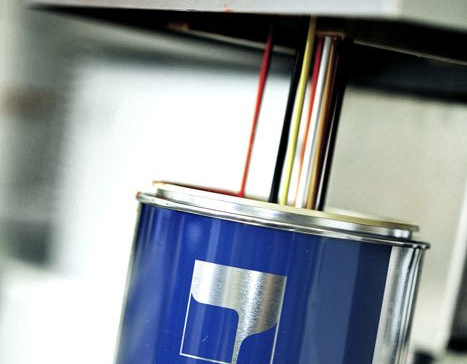
6. Environment – where will the paint be used?
The environment affects the colour in 2 ways; the main one was referred to earlier under the Colour section – metamerism. Depending whether the painted item will be used internally or externally, under “daylight” lights, fluorescent or other types of lighting affects the perceived colour and this has to be agreed in order to achieve an accurate match in that particular environment.
The other impact is UV light exposure – while most high-quality tinters are designed to retain their colour under exposure, in some cases where colour retention is critical it can meant the range of tinters available to use is more limited, making the match more difficult.
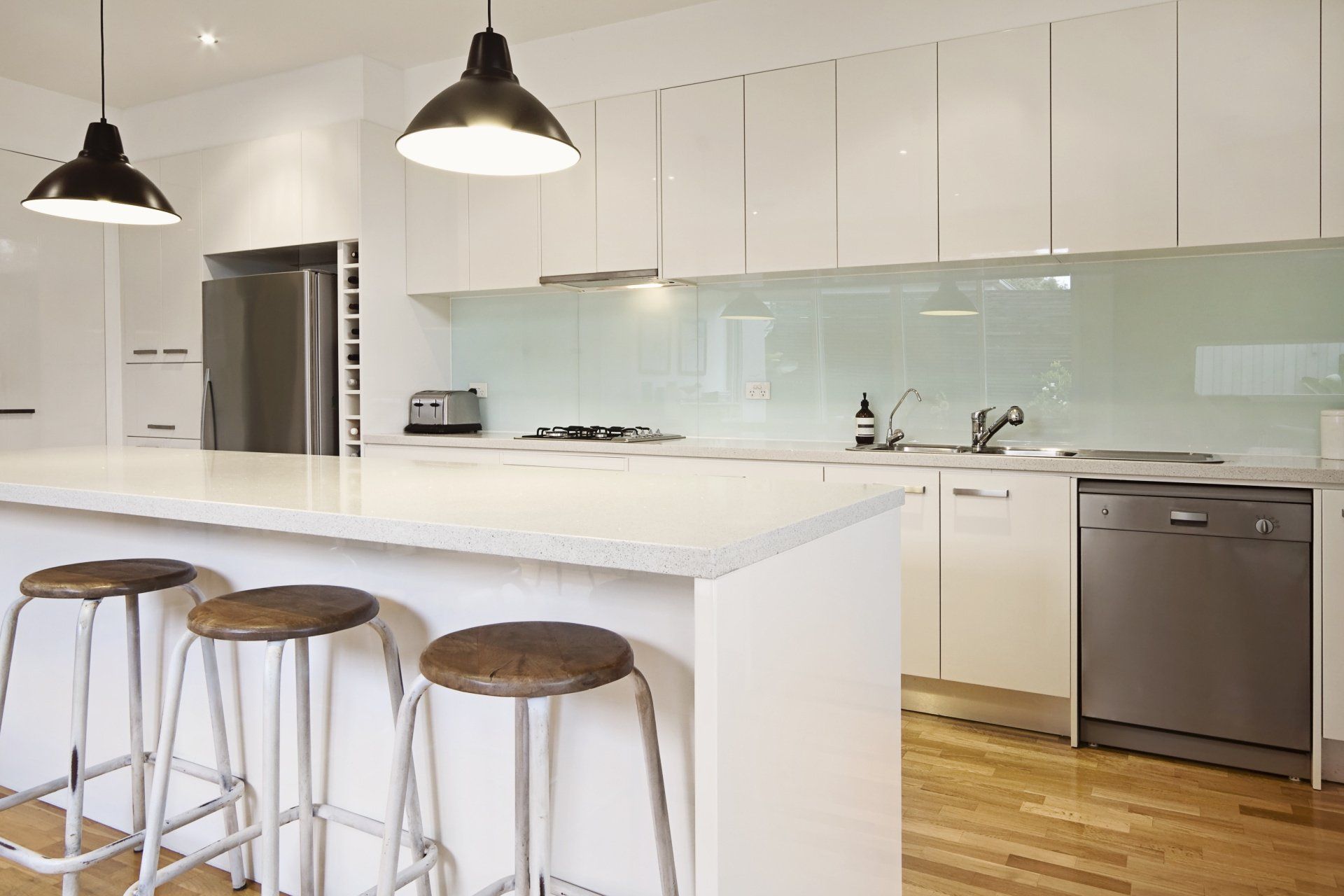

Stay In The Loop
Receive Regular Newsletters Straight To Your Inbox
Be the first to receive all the latest articles, tips, tricks, quizzes, calculators, industry advice & news that will land straight into your email inbox!
Contact Us
We will get back to you as soon as possible.
Please try again later.
Book A FREE Discover Session
Take The Next Step Towards Improving Your Coating Processes
Discover the potential to optimise your finishing for maximum efficiency.

Increase Your Productivity

Improve Your Profitability

Enhance Your Performance

Increase Your
Productivity

Improve Your
Profitability

Enhance Your
Performance

When it comes to coating systems, you can’t afford to take chances.
Kortec’s approach is
tested and proven to work.
